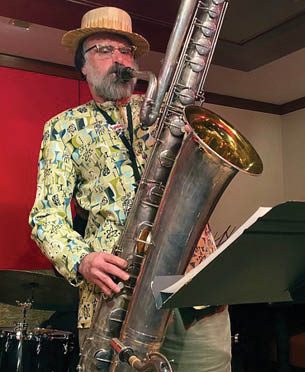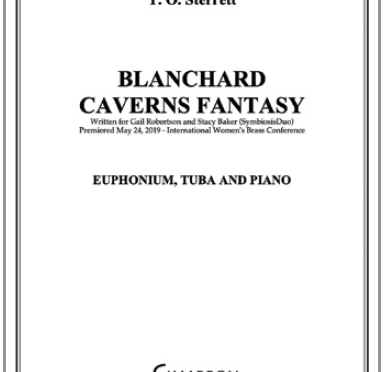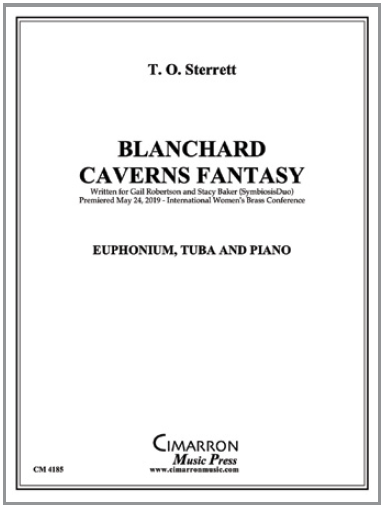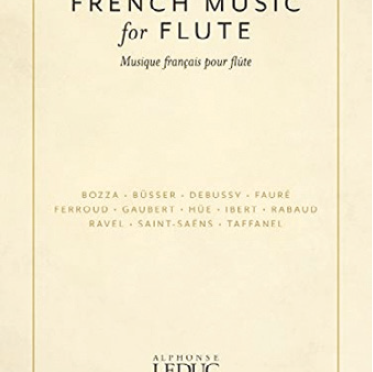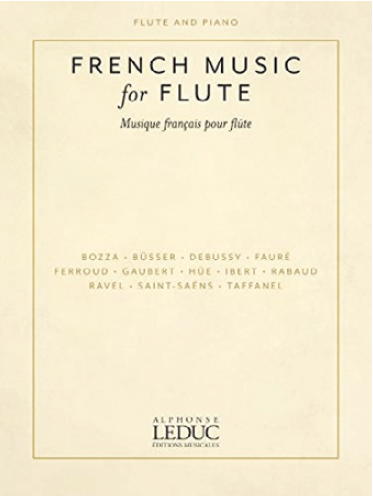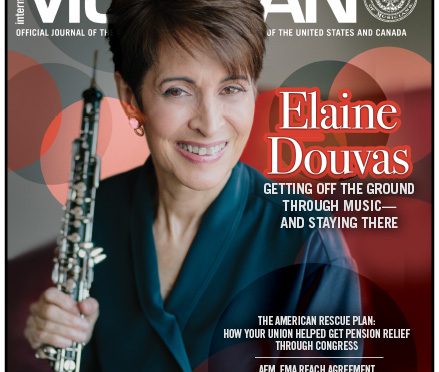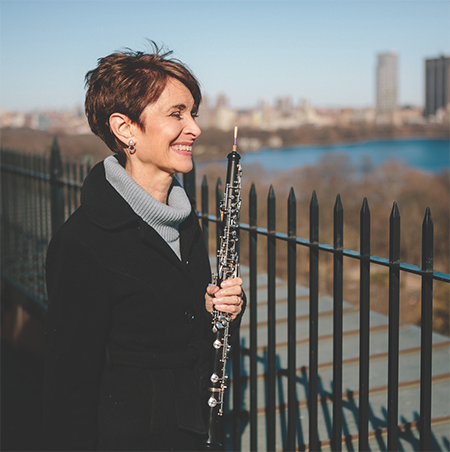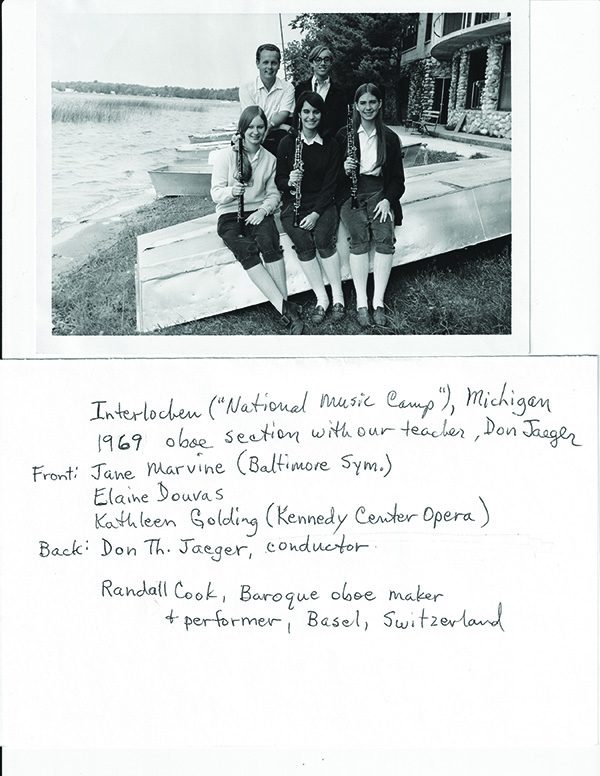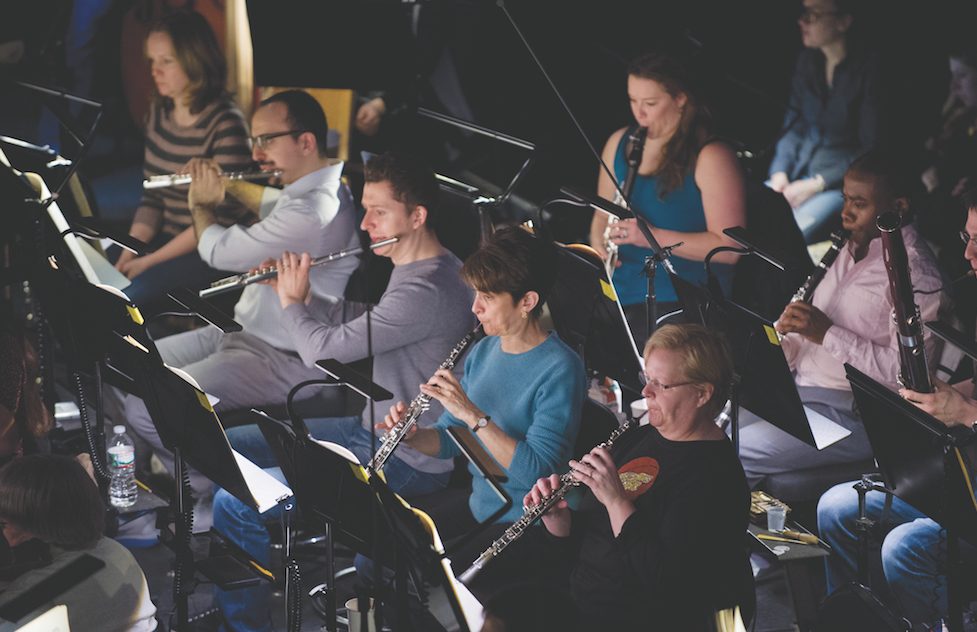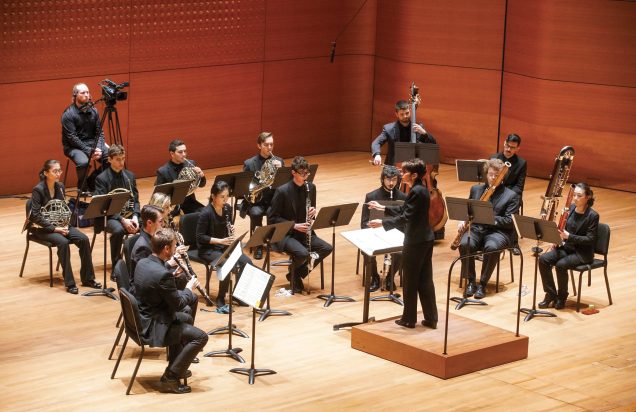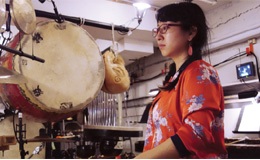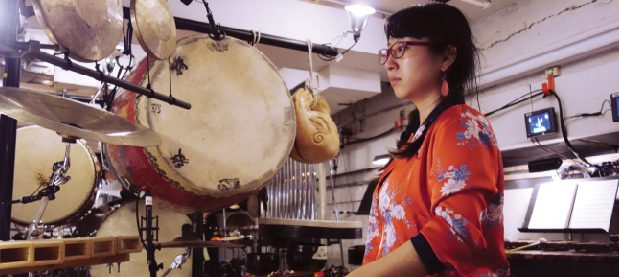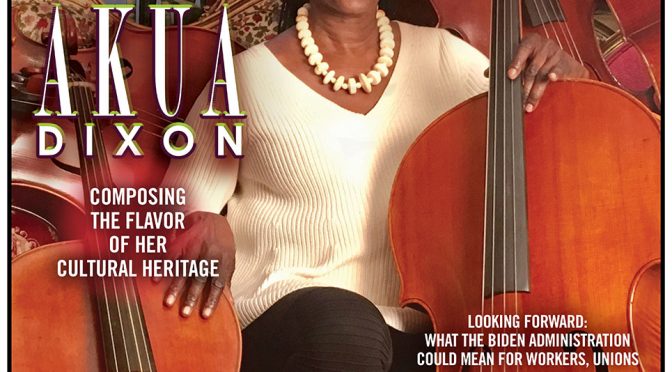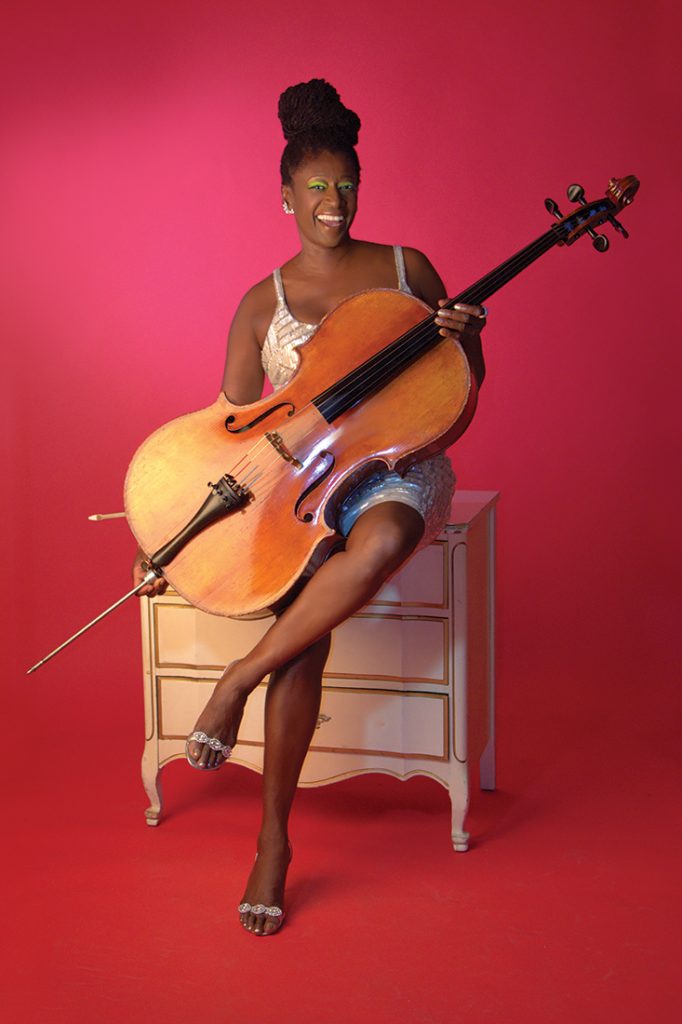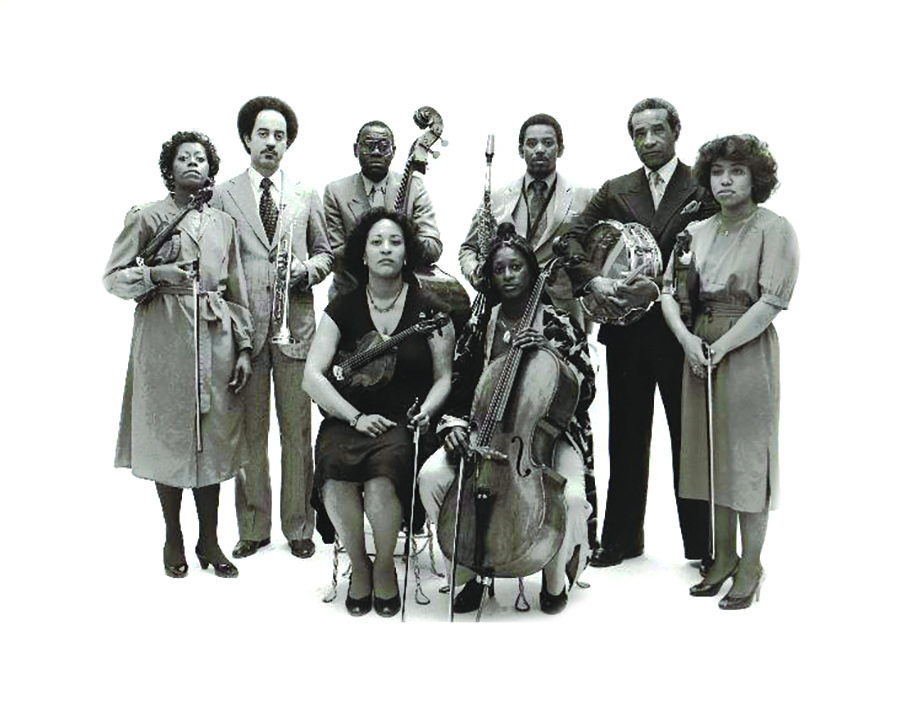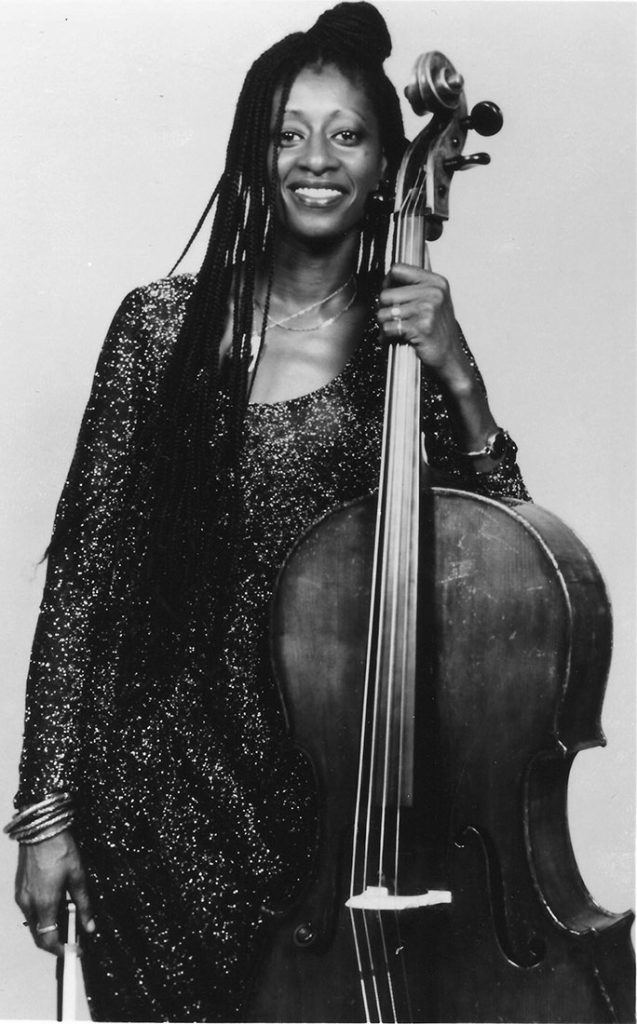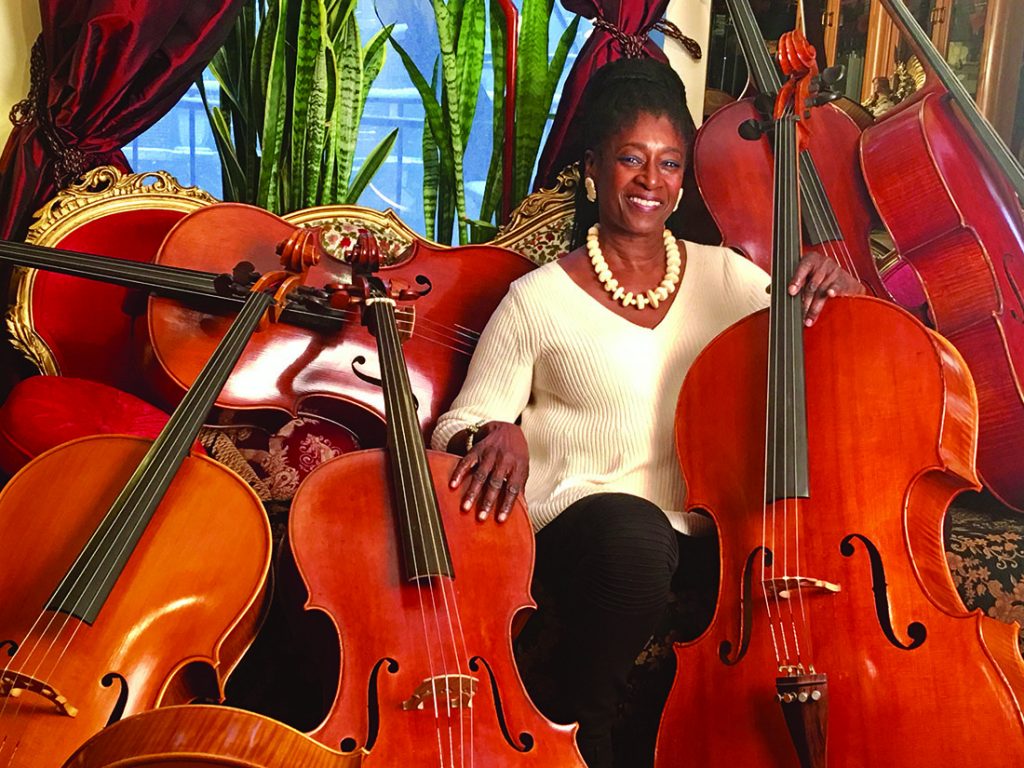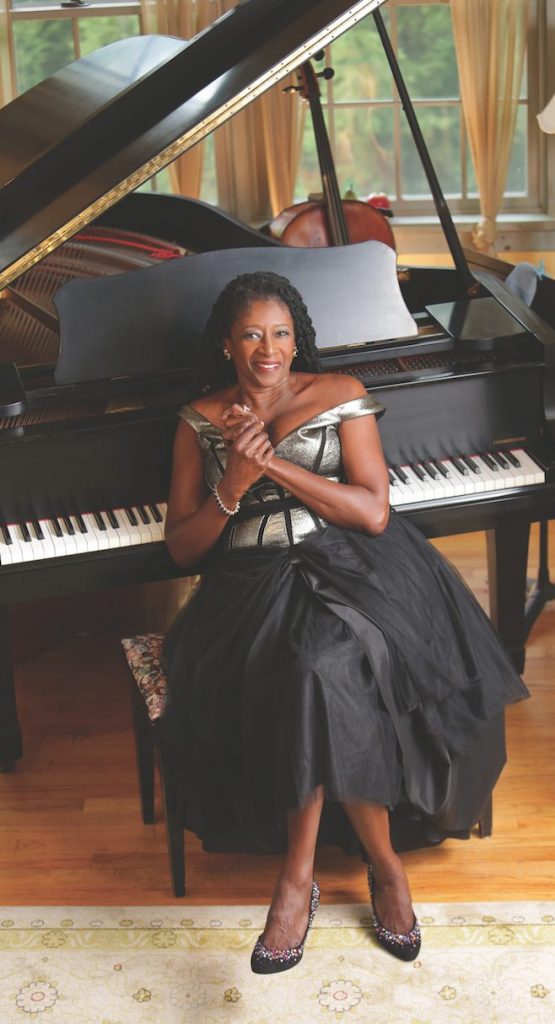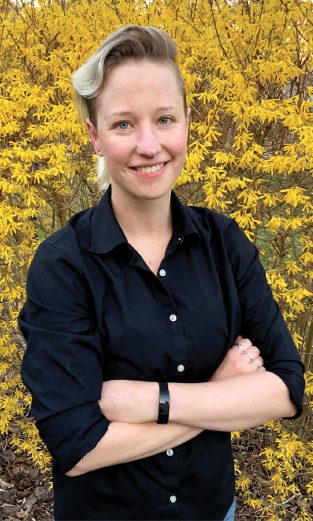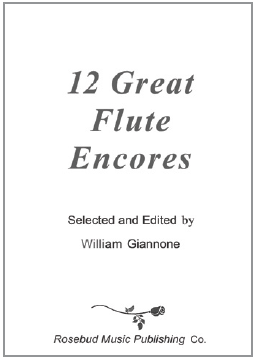Creating New Life in the Lab
Frankenstein’s monster lurks in the corner of the lab, seven feet tall, looming over the lab equipment. Except, in this case, the “monster” is a rare contrabass saxophone. And the “lab” is a music studio—aka, ScienSonic—belonging to jazz saxophonist Scott Robinson of Local 802 (New York City).
Robinson says he found the gigantic sax in Italy: “I was on tour with Paquito D’Rivera, trolling antique shops on our downtime. And there it was. I knew I had to have it.” However, there are only 16 of these instruments in existence—and the owner of the antique shop didn’t want to sell it. “It took two years of effort, with the help of other Italian antique dealers. I finally pried it out of his shop and had it brought over to me in New York.”
The massive instrument shares space in Robinson’s studio with many other rare instruments, including an ophicleide, similar to a tuba and used by 19th-century composers like Hector Berlioz. “Most of what I have comes from flea markets and junk shops,” says Robinson. Asked what he does with all these collected contraptions, he is quick to counter. “I’m not a collector, I’m a musician,” he says.
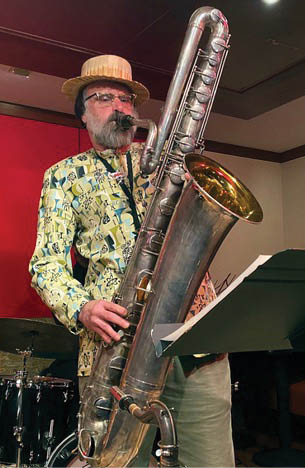
“As a composer and arranger, these sounds and their possibilities are things I can use.” In other words, they are lab equipment, to be mixed with other sounds. “Rarified,” Robinson clarifies. “Treated so they can produce an effect.” He does all his own maintenance, and the search for new sounds never stops. “It’s a lifelong love affair with sound. They’re like religious artifacts.”
These instruments, and more standard ones, have been an indispensable part of Robinson’s career, which has encompassed touring, live shows, and more than 275 recordings, including 20 under his leadership. Four have been Grammy winners. Collaborations have included musicians like David Bowie, Buck Clayton, and Maria Schneider, whose orchestra is busily planning its first post-COVID tour—with Robinson along, of course.
Robinson has also received four fellowships from the National Endowment for the Arts, and in 2001 was named a Jazz Ambassador by the US State Department, undertaking a tour of West Africa. “Jazz is really an American art form, but there’s a lot of common ground. We had some great jam sessions.” In turn, the music of West Africa influenced his own art. “Jazz is a very hungry music and will take inspiration from any source. That’s what makes it so hard to define. I came back from Africa with my head and heart very full.”
These past months the lab has kept Robinson occupied, working on music most days till 4 a.m. “It’s a separate soundproofed building behind the house, and it’s a temple where I can make as much noise as I want,” he says. “Without it, life this past year would have been much more challenging.”
ScienSonic has been a decades-long endeavor. In tandem, Robinson has created a website that presents a complete experience for his visitors. The lab is filled with all manner of projects since live music hasn’t been happening. Lately, that includes video editing, and continuing work on a one-man improvised symphony, which Robinson predicts will be a 15-year project. “Two years into it, I have four minutes of music,” he laughs. “It’s me playing everything, sometimes one note at a time. Each sound is created specifically for that moment in the piece and layered in.”
Trained at Boston’s Berklee College of Music, Robinson joined the AFM while still in college. He has been a Local 802 member for decades, since moving to New York. “The union has gotten me paid in situations where people have been unethical—more than once,” he says. “There’s also a bigger picture: the work that the union has done in Washington on the legislative front, such as getting on planes with instruments. For those of us who tour, that’s huge.”
When he meets musicians that don’t want to join, he feels it’s important to convince them that AFM membership pays for itself many times over. By way of illustration, Robinson recounts something that happened a few years ago: “My wife was watching a prime-time TV show. Suddenly there was my music, and we realized it was me on tenor sax. The track had been taken from an album I recorded in Prague. I got no money for it because it wasn’t under union contract.” His most recent album, recorded with his Scott Robinson Quartet in 2019, was also done for an independent label. “I asked them to file it with the union, and they agreed,” he says. “Sometimes you just have to ask, and get it done.” That album, Tenormore, went on to win Best New Release of 2019 in a JazzTimes readers’ poll.
For more on the world of Scott Robinson, visit his website at www.sciensonic.net. To watch a YouTube video exploration of his one-man improvised symphony project, visit bit.ly/3x3K3O7.


